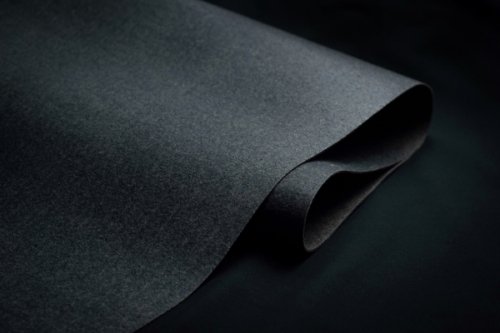Asahi Kasei, a prominent Japanese technology company, has introduced LASTAN™, an innovative material solution aimed at enhancing electric vehicle (EV) battery safety. The material, a flame-retardant and highly flexible nonwoven fabric, is positioned as a superior alternative to conventional materials used in thermal runaway protection for EV battery packs. It can be applied in top covers, busbar protection sleeves, and other battery components to significantly improve safety. The growing concern among consumers about battery safety, particularly in regions like China, is prompting global OEMs to prioritize safety improvements in EVs. As the demand for materials that prevent thermal runaway grows, the market is expected to expand by 15% annually from 2024. Currently, heavier, mineral-based materials dominate this segment, but they present challenges due to their rigidity and difficulty in adapting to complex battery shapes.
LASTAN™ offers a solution to these issues by being a lightweight, non-mineral flame-resistant fabric that can withstand intense conditions. Its high flame resistance, capable of withstanding up to 1,300°C, and excellent electrical insulation make it a valuable material for EV battery applications. The material’s flexibility and processability, even in thin sheets, simplify the manufacturing process, reducing complexity for automotive OEMs. Asahi Kasei has already integrated production of LASTAN™ in Japan and is considering expanding to the United States and other countries. This new grade of LASTAN™ will be showcased at the North American Battery Show in Detroit in October 2024, underscoring the company’s commitment to the growing global EV market.







